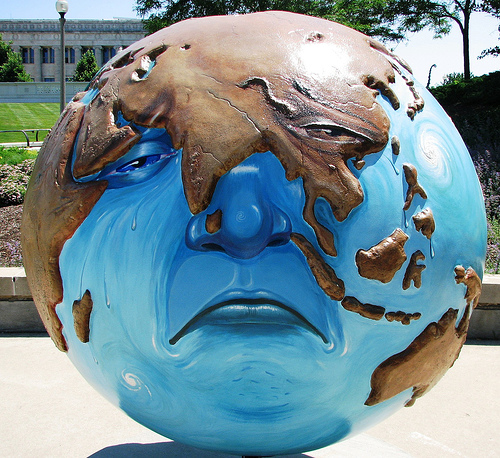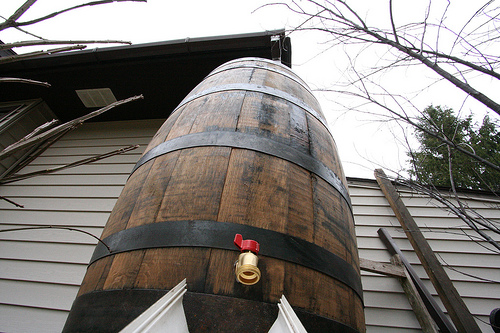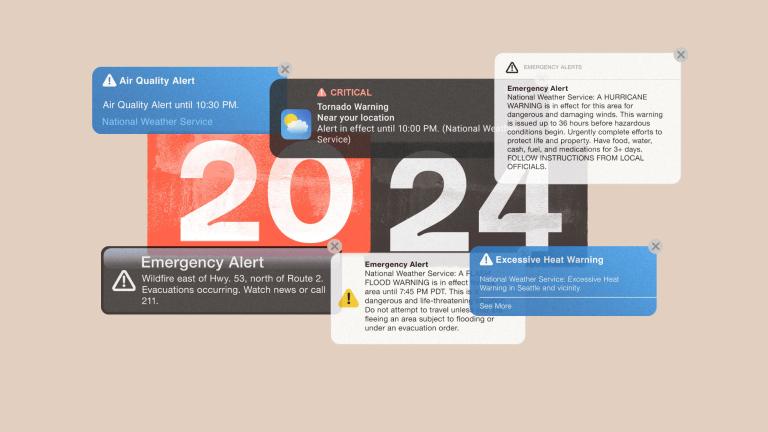 Barrel essentials.Photo: kierkierAs the old adage goes, April showers bring May flowers. But for those looking to green their homes, April showers also provide an easy way to reduce water bills and water waste.
Barrel essentials.Photo: kierkierAs the old adage goes, April showers bring May flowers. But for those looking to green their homes, April showers also provide an easy way to reduce water bills and water waste.
Rainwater harvesting is a simple and efficient way to capitalize on the naturally occurring precipitation in your area, and reduce dependency on irrigated or treated water. Provided you live in a region that receives above a certain amount of annual precipitation (the EPA recommends a minimum of 8 inches), rainwater harvesting can be a cost-effective means of greening your home.
The most basic way to harvest rainwater is to use a rain barrel. As the name suggests, rain barrels are simply large bins placed at the end of roof gutters to collect rainwater. This system is incredibly simple and easy to install, yet able to collect tremendous amounts of rainwater. On a 1,000-square-foot roof, one inch of rain can yield 620 gallons of water. Given that the daily per capita household water usage is about 70 gallons, this means that even in climates with low levels of yearly rainfall, the potential for saving water is quite significant.
The EPA handbook [PDF] on rainwater harvesting lists a number of important environmental benefits in addition to the cost savings. The most immediate benefit is the reduction in water waste—an important advantage given the decreasing supply of available fresh water. In this respect, rainwater harvesting can reduce the strain on local reservoirs and aquifers, and mitigate senseless water depletion.
Rainwater harvesting has a number of important advantages with respect to energy and climate change as well. Because people using rainwater collection can source a significant portion of their water right at home, they rely less on water that requires treatment and transportation. Thus, the EPA estimates that reducing potable water demand by 10 percent could save 300 billion kilowatt hours of energy annually—that’s 71 Hoover Dams worth. A reduction in energy usage also decreases the amount of carbon emitted in producing that energy; for every million gallons of water saved, carbon emissions are reduced by 1 to 1.5 tons. That’s admittedly not much, but the link between water usage and carbon output demonstrates that large-scale water savings can put a dent in our carbon footprint.
While the benefits of rainwater collection are manifold, there are some precautions homeowners should take before installing a system on their property. First, check with local authorities about the laws and regulations concerning rainwater collection in your community. In some areas, rainwater collection is prohibited because it can divert water away from natural waterways, reducing available water for those downstream.
Second, make sure that your roofing does not contain toxic materials. Some shingles and tiles on homes still contain asbestos—a carcinogenic chemical you certainly don’t want accumulating in your water supply. It may be prudent to send an initial sample for lab analysis to check the cleanliness of the water you collect. Some communities require this as a prerequisite to installing collection bins.
Finally, consider installing a filtration system in your collection bin, or, at minimum, appropriate screens to keep out insects, dirt, and plant material. More complex filtration systems are only needed for potable water. But because 80 percent of household water use doesn’t require potable water, installing such a system may not be necessary depending on how you wish to use harvested rainwater. A small spigot at the bottom of the collecting barrel is enough for outdoor needs, such as watering the garden. If you’re interested in using rainwater for laundry, toilets, or showers, you may need a pumping system to connect the water supply to your plumbing.
Fortunately, these measures can be easily taken, and actually installing a rainwater-harvesting system is simple enough for most people to do themselves [PDF]. All in all, rainwater collection is a great way to save water and money. Perhaps the best upside is this: With rain barrels, rainy days no longer have to be gloomy occasions—just think of how much you’re helping the environment!
Cross-posted from the Center for American Progress.



